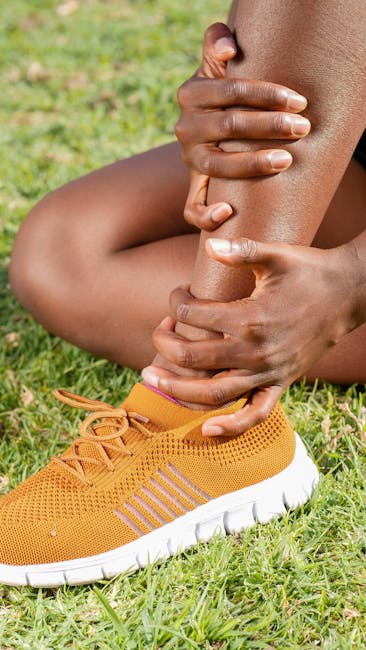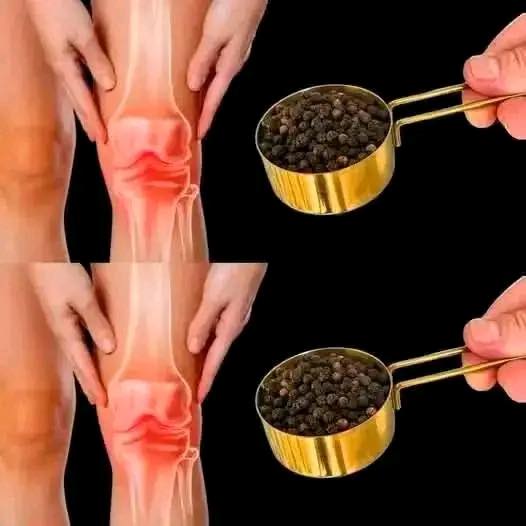The Struggle with Leg Pain: When Walking Becomes a Challenge
It’s heartbreaking to watch a loved one struggle with something as fundamental as walking. Seeing my mother unable to move comfortably due to leg pain was a real wake-up call. Her situation, a complex mix of factors potentially including rheumatism, varicose veins, and arthritis, highlighted the need to understand these conditions and explore possible solutions. Let’s delve into these potential culprits behind leg pain and explore ways to improve mobility and quality of life.
*
Understanding Potential Causes of Leg Pain
Pinpointing the exact cause of leg pain is crucial for effective treatment. It can stem from a variety of sources, from inflammatory conditions to circulatory issues. Understanding the nuances of each is the first step towards finding relief.
*
Rheumatism: A Vague Term with Real Pain
Rheumatism isn’t a specific disease, but rather an umbrella term encompassing various conditions that cause chronic, often fluctuating pain and inflammation of the joints, muscles, and connective tissues. While the term is sometimes used loosely, it signifies a problem within the musculoskeletal system.
* Symptoms can include:
* Joint pain and stiffness, especially in the morning.
* Muscle aches and tenderness.
* Fatigue and a general feeling of being unwell.
Rheumatism can significantly impact mobility and quality of life, making everyday activities like walking difficult. If you suspect rheumatism, it’s important to consult with a doctor for a proper diagnosis and management plan. This might involve blood tests, imaging, and a physical exam.
*
Varicose Veins: More Than Just a Cosmetic Issue
Varicose veins are enlarged, twisted veins that often appear on the legs and feet. They occur when valves within the veins weaken, allowing blood to pool instead of flowing efficiently back to the heart. While often considered a cosmetic concern, varicose veins can cause significant discomfort and contribute to leg pain.
* Symptoms beyond the visible veins can include:
* Aching, throbbing, or heavy feeling in the legs.
* Swelling in the ankles and feet.
* Skin discoloration or ulcers near the ankles (in severe cases).
Treatments range from lifestyle changes like wearing compression stockings and elevating the legs, to medical procedures like sclerotherapy or vein stripping.
*
Arthritis: Inflammation of the Joints
Arthritis refers to joint inflammation. Several types exist, the most common being osteoarthritis (wear-and-tear arthritis) and rheumatoid arthritis (an autoimmune condition). Arthritis can cause significant pain, stiffness, and limited range of motion in the affected joints, making walking extremely painful.
* Key symptoms include:
* Joint pain that worsens with activity.
* Stiffness, especially in the morning or after periods of inactivity.
* Swelling and tenderness around the joints.
* Decreased range of motion.
Management typically involves pain relief medications, physical therapy, and in some cases, surgery. Disease-modifying antirheumatic drugs (DMARDs) can be helpful for rheumatoid arthritis.
*
Other Potential Causes
While the above conditions are common culprits, other possibilities shouldn’t be overlooked. Nerve compression (such as sciatica), muscle strains, tendonitis, and even peripheral artery disease (PAD) can all contribute to leg pain. Seeking a professional diagnosis is vital to determine the root cause.
*
Relief and Management Strategies
Regardless of the underlying cause, various strategies can help manage leg pain and improve mobility.
* **Physical Therapy:** Strengthening exercises and stretching can improve muscle support and joint flexibility.
* **Pain Management:** Over-the-counter pain relievers like ibuprofen or acetaminophen can provide temporary relief. Prescription medications may be necessary for more severe pain.
* **Lifestyle Modifications:** Maintaining a healthy weight, engaging in regular low-impact exercise (like walking or swimming), and avoiding prolonged standing or sitting can all help.
* **Assistive Devices:** Canes, walkers, or orthotics can provide support and reduce strain on the legs.
* **Compression Stockings:** Help improve blood circulation and reduce swelling in the legs (especially helpful for varicose veins).
*
Seeking Professional Help
It’s crucial to consult with a doctor for a proper diagnosis and treatment plan. Self-treating can be risky and may delay necessary medical intervention. A doctor can perform a thorough examination, order appropriate tests, and recommend the most effective treatment options. Don’t hesitate to seek help – regaining mobility and reducing pain is a worthwhile goal.
*
Conclusion: Regaining Mobility and Improving Quality of Life
Dealing with leg pain can be incredibly challenging, impacting daily activities and overall quality of life. Understanding potential causes like rheumatism, varicose veins, and arthritis is the first step towards finding relief. Remember, seeking professional medical advice, adopting appropriate management strategies, and making necessary lifestyle modifications can make a significant difference. Don’t let leg pain control your life – take proactive steps towards regaining mobility and enjoying a more comfortable and fulfilling life.
